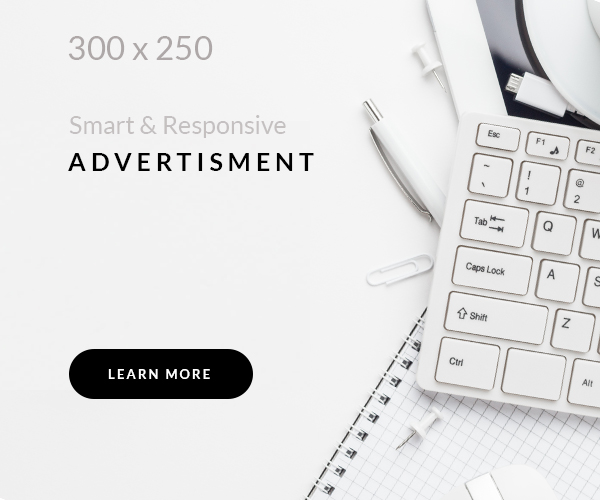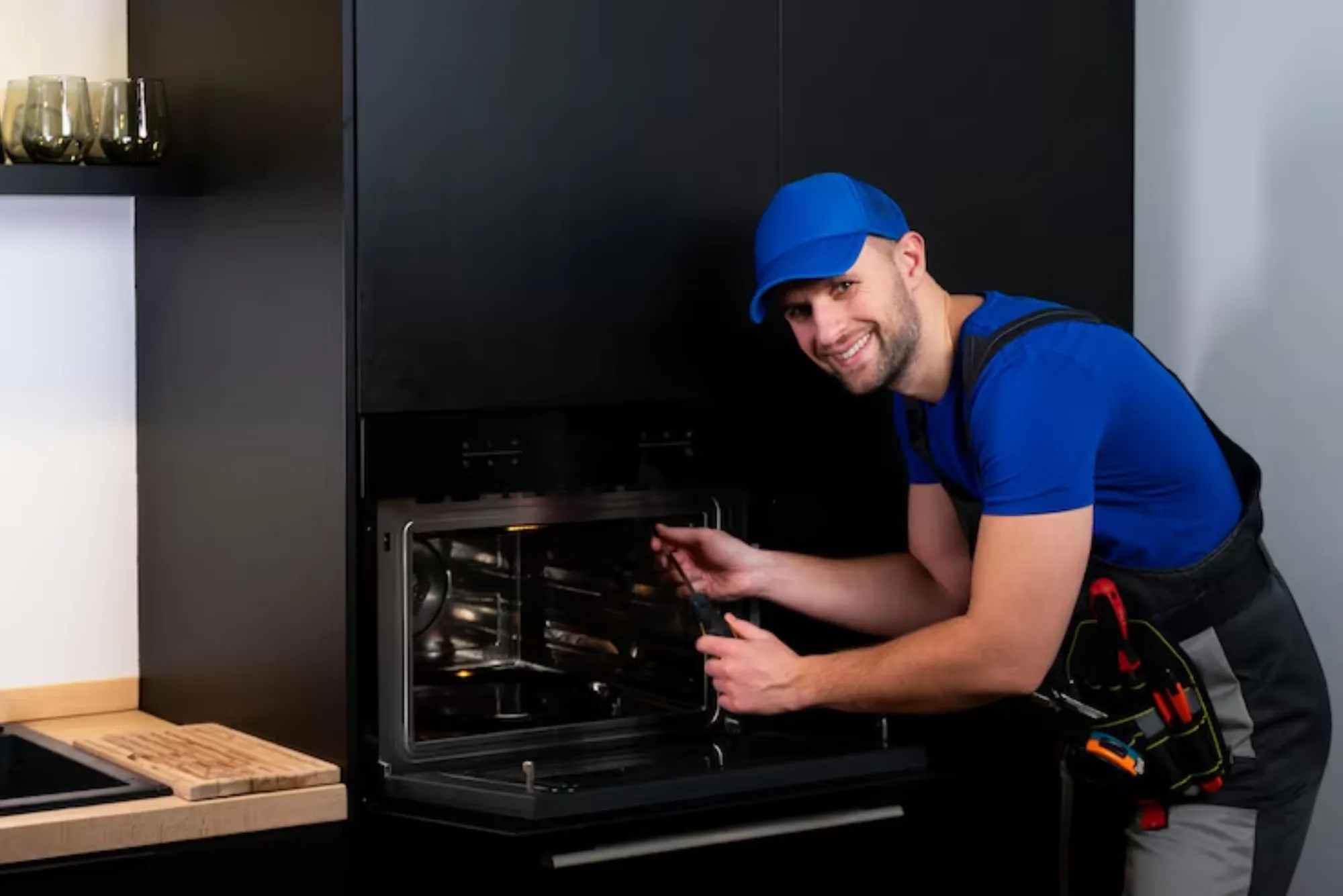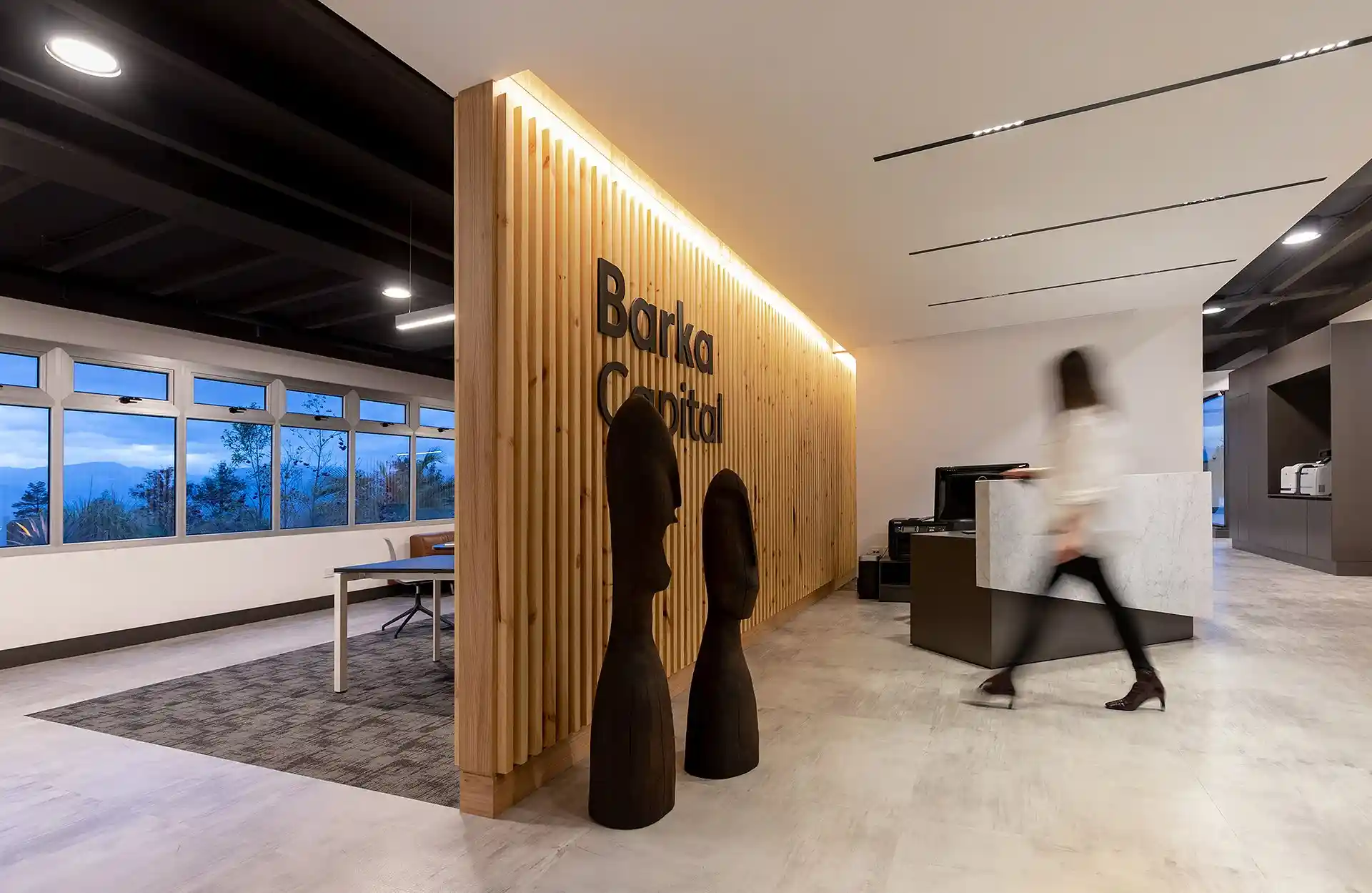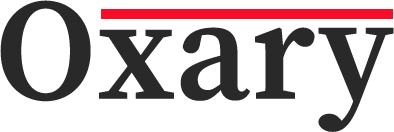Time tracking is essential for designers, whether freelance or part of a creative agency. With client billing, project budgeting, and productivity monitoring depending on accurate time logs, it’s no wonder time tracking is a daily task for many creatives. But designers are busy people — juggling deadlines, revisions, and client calls. Manually logging hours can be a hassle. This leads us to the big question: Can designers automate their time tracking?
Let’s explore how automation is changing the way designers track time and whether a time tracking app for designers can truly reduce the manual workload.
Why Time Tracking Matters for Designers
Before diving into automation, it’s important to understand why time tracking is crucial in the design profession:
-
Accurate billing: Freelancers charge by the hour or project, and underestimating time spent can eat into profits.
-
Project management: Knowing how long tasks take helps plan future projects more realistically.
-
Client transparency: Clear time logs build trust and justify invoices.
-
Self-assessment: Reviewing tracked time helps identify areas for productivity improvement.
While the benefits are clear, the process of tracking time often feels like a chore — especially when done manually. This is where automation becomes valuable.
What Does Automated Time Tracking Mean?
Automated time tracking refers to the use of software that monitors and logs activity without requiring constant manual input. Instead of starting and stopping timers yourself or logging hours at the end of the day, these tools track your behavior, apps used, and time spent on specific files or websites.
For designers, this means tracking time automatically as they switch between Sketch, Figma, Adobe Illustrator, or even email and communication tools.
Some common features of automated time tracking include:
-
Activity-based logging (e.g., tracking time spent on a specific design file)
-
Idle detection and auto-pause
-
Smart categorization of tasks
-
Daily or weekly reports without manual timesheet entry
Benefits of Automated Time Tracking for Designers
1. Reduced Distraction
One of the biggest productivity killers is having to interrupt your workflow to start or stop a timer. Automation removes this step, allowing designers to stay in the creative zone.
2. Improved Accuracy
Humans are prone to memory errors, especially when recalling what happened during an 8-hour workday. Automated tools can track down to the minute, ensuring every billable moment is captured.
3. Enhanced Productivity Insights
Modern time tracking apps for designers often include dashboards that show time spent on various tasks. This helps designers understand how much of their day goes into brainstorming, revisions, meetings, or actual design work.
4. Easier Client Reporting
Automation allows for quick export of time logs to share with clients. Some tools even generate client-ready reports with minimal formatting required.
Limitations of Automation
While the benefits are impressive, automation isn’t without drawbacks.
-
Privacy concerns: Designers working in agencies may worry about surveillance if software tracks all activity.
-
Context misunderstanding: Automated tools might mislabel activities or fail to detect the nature of creative work (e.g., ideation off-screen).
-
False positives: Tracking time on a file doesn’t mean productive work is happening — you might be distracted or idle.
-
Learning curve: Some tools require initial setup, categorization, and permissions to work efficiently.
Despite these, most designers find that a well-configured tool can balance automation and control effectively.
Top Features to Look for in a Time Tracking App for Designers
Not all time tracking tools are made equal. Designers have specific needs, and the ideal tool should support their creative workflows. Here’s what to look for:
1. Seamless App Integration
A designer’s toolkit may include Figma, Adobe Creative Suite, Slack, and project managers like Asana or Trello. The time tracking tool should integrate smoothly with these apps.
2. Activity-Based Categorization
Automated sorting of time into project categories or client names saves designers from end-of-day sorting.
3. Idle Time Detection
Automatically pausing tracking when you step away prevents inflated work logs.
4. Project and Task Tags
Adding custom tags like “wireframing,” “user testing,” or “mockup revisions” allows for detailed analysis later.
5. Simple Reporting and Export
Reports should be easily exportable in PDF or CSV for invoicing or client transparency.
Best Automated Time Tracking Tools for Designers
Several tools are built specifically or adapt well to creative workflows. A few worth considering:
-
Toggl Track: Offers auto-tracking features and integrates well with design tools.
-
RescueTime: Focused on productivity insights; automatically tracks apps and websites.
-
Timely by Memory: Uses AI to track time and sort it into tasks without manual input — a strong time tracking app for designers.
-
Harvest: Combines manual and automated tracking with excellent invoicing features.
Each tool has its strengths, so the best fit depends on whether you prioritize automation, reporting, integrations, or budget.
How to Implement Automated Time Tracking as a Designer
Here are some best practices to get started:
-
Audit your workflow: Understand where time is being lost and what tools you use most.
-
Try before you buy: Most tools offer free trials. Test for a week to see what fits your routine.
-
Adjust permissions: Choose what you want to track and what to keep private.
-
Review reports weekly: Use the data to adjust your schedule or workload for better efficiency.
-
Set boundaries: Automation doesn’t mean full surveillance — balance data collection with personal space.
Final Thoughts
So, can designers automate their time tracking? Absolutely. While no tool is perfect, automation saves time, improves accuracy, and provides valuable insights that manual tracking can’t match. With the right time tracking app for designers, creatives can focus more on what they do best — design — and spend less time on admin work.
Whether you’re a freelancer juggling multiple clients or an in-house designer managing strict project timelines, automated time tracking is a smart move for boosting both productivity and professionalism.








